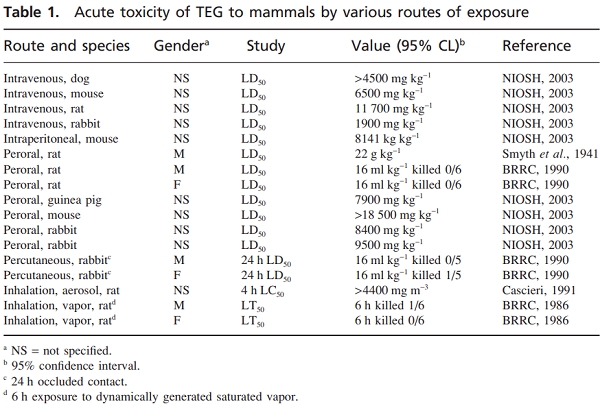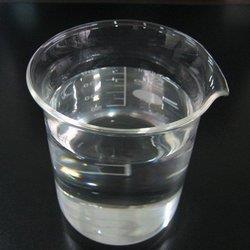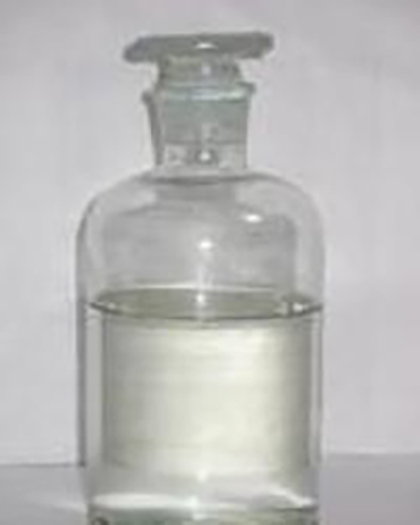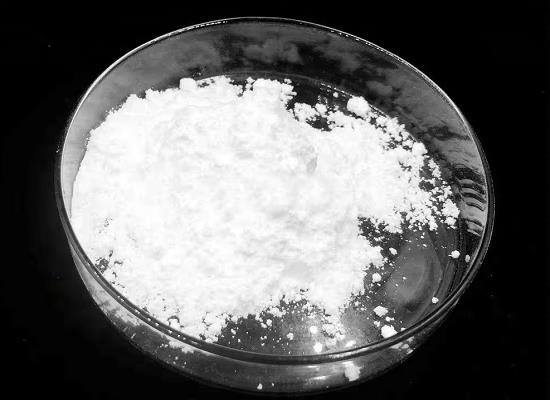Triethylene Glycol: Overview, Applications in Air Treatment and Health Hazards
Overview
Triethylene glycol is a colorless, odorless, viscous liquid with a formula of C6H14O4. It is part of the glycol family, primarily used for its hygroscopic quality, which means it readily absorbs water from the air. It is used by the oil and gas industry to "dehydrate"natural gas. It may also be used to dehydrate other gases, including CO2, H2S, and other oxygenated gases.
Applications in Air Treatment
To theEditor—Lorca-Oró et al robotically dispersed ultraviolet light to inactivate severe acute respiratory syndrome coronavirus 2 (SARS-CoV-2) in a simulated hospital room. Unfortunately, this treatment cannot be used when humans are present, and was directed more at disinfection of surfaces rather than virus in the air.
What is not yet widely known or appreciated is that there already exists a safe, indoor air treatment that kills viruses, almost certainly including SARS-CoV-2, and can be predeployed in the presence of humans.
This treatment is composed of formulations containing triethylene glycol (TEG). One of the main reasons that this method is not yet available to the public is the glacial speed of regulatory agencies in approving the use of TEG-based products to disinfect indoor atmospheres. This is delaying a potential path to ending the pandemic, and at an unnecessary cost of many lives.TEG has been shown to be safe for humans to breathe at low concentrations, and has also been shown to kill viruses on surfaces or in the air at those same low concentrations. This reagent is presently used in some air freshener sprays, and has been used for special effects in theaters for decades with no reported health-related consequences.1
Health Hazards
Triethylene glycol is Very hazardous in case of eye contact (irritant), of ingestion. Slightly hazardous in case of inhalation. Inflammation of the eye is characterized by redness, watering, and itching.
Reference
1. Goldman E, Choueiri TK, Mainelis G, Ramachandran G, Schaffner DW. Triethylene Glycol Can Be Predeployed as a Safe Virus-Killing Indoor Air Treatment. J Infect Dis. 2022; 226(11): 2040-2041.
Related articles And Qustion
See also
Lastest Price from Triethylene glycol manufacturers

US $0.00/kg2025-05-22
- CAS:
- 112-27-6
- Min. Order:
- 230kg
- Purity:
- 99%
- Supply Ability:
- 20000
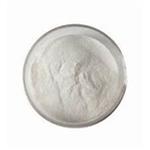
US $6.00/kg2025-04-21
- CAS:
- 112-27-6
- Min. Order:
- 1kg
- Purity:
- 99%
- Supply Ability:
- 2000KG/Month

